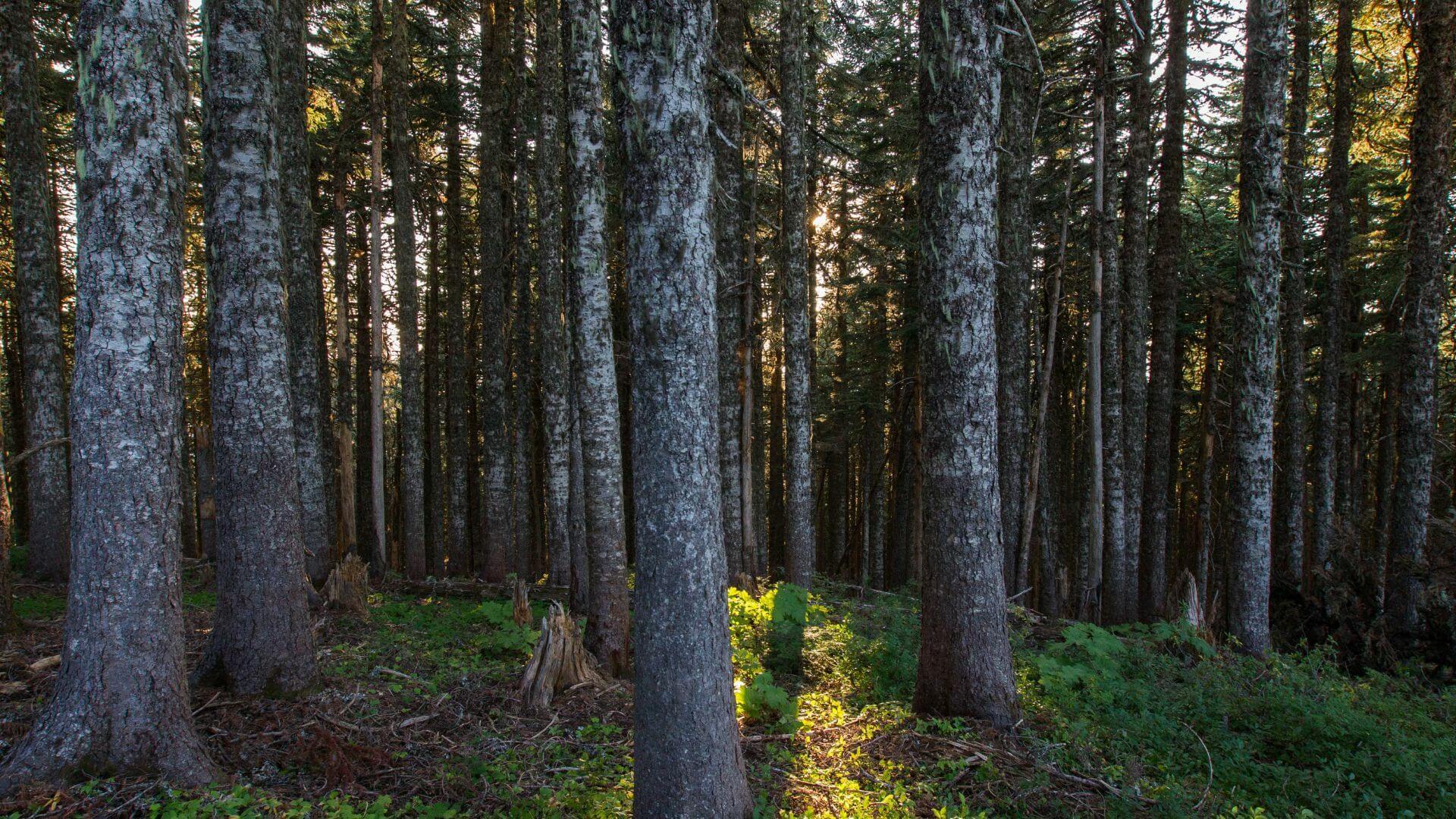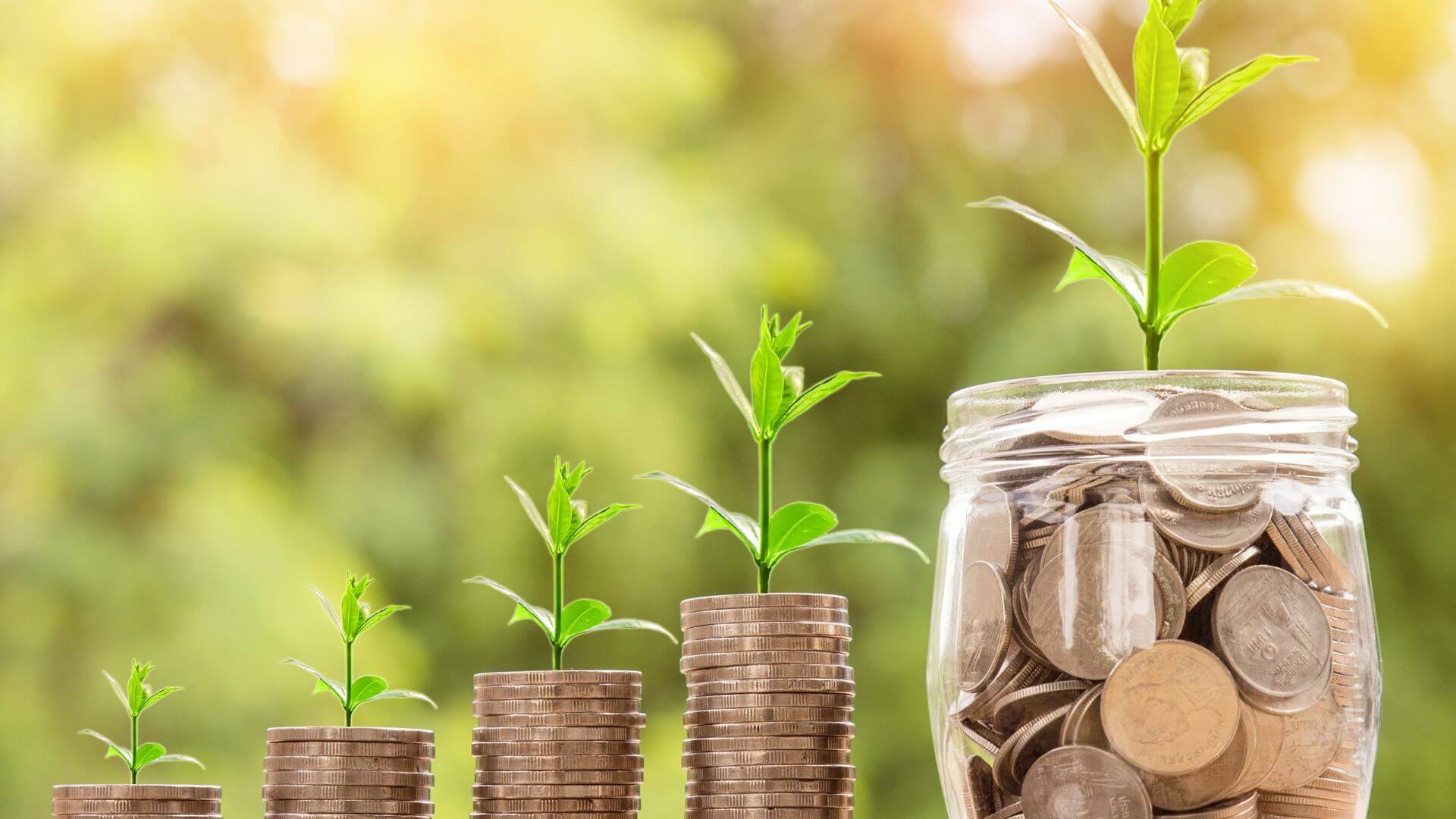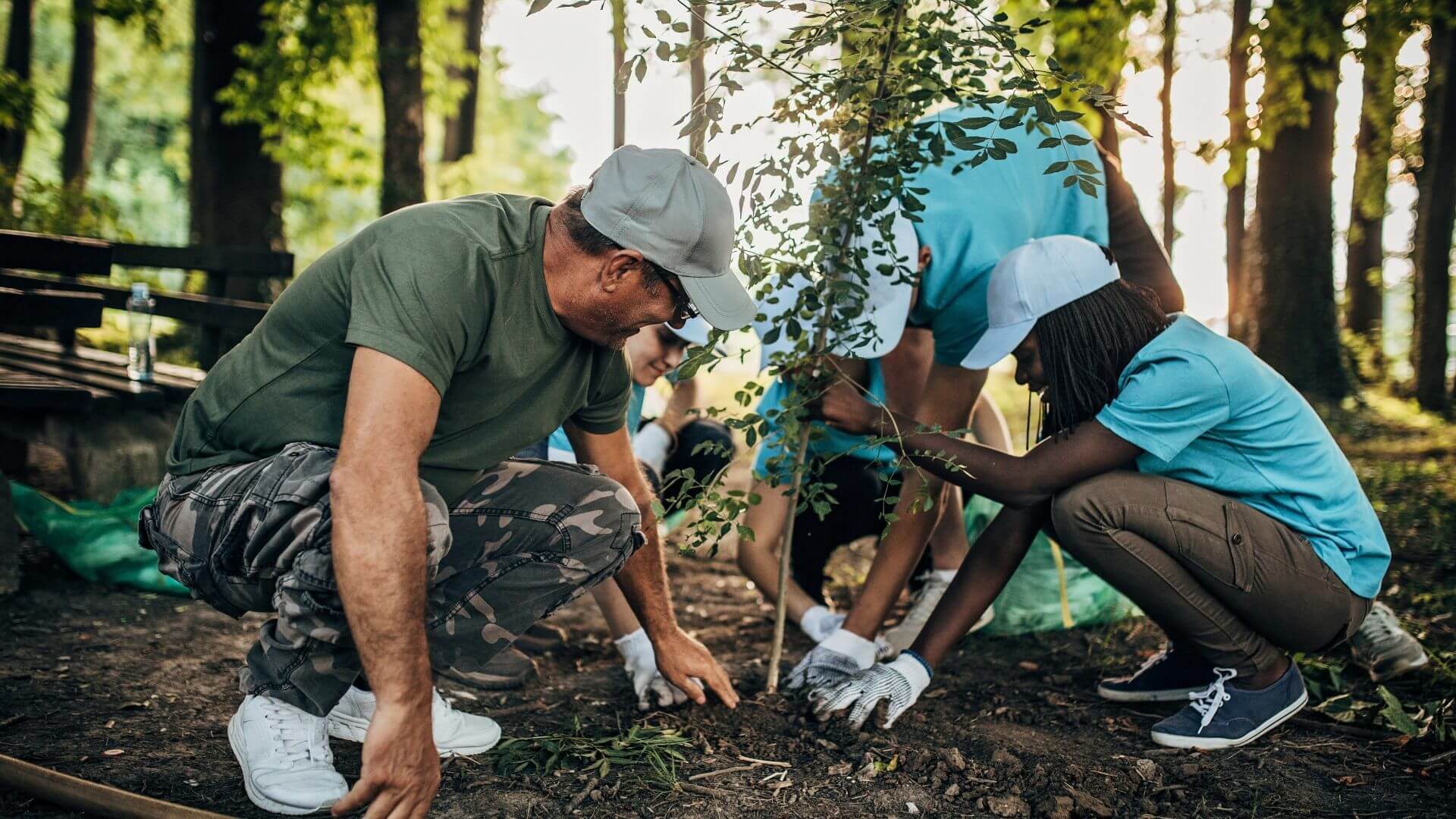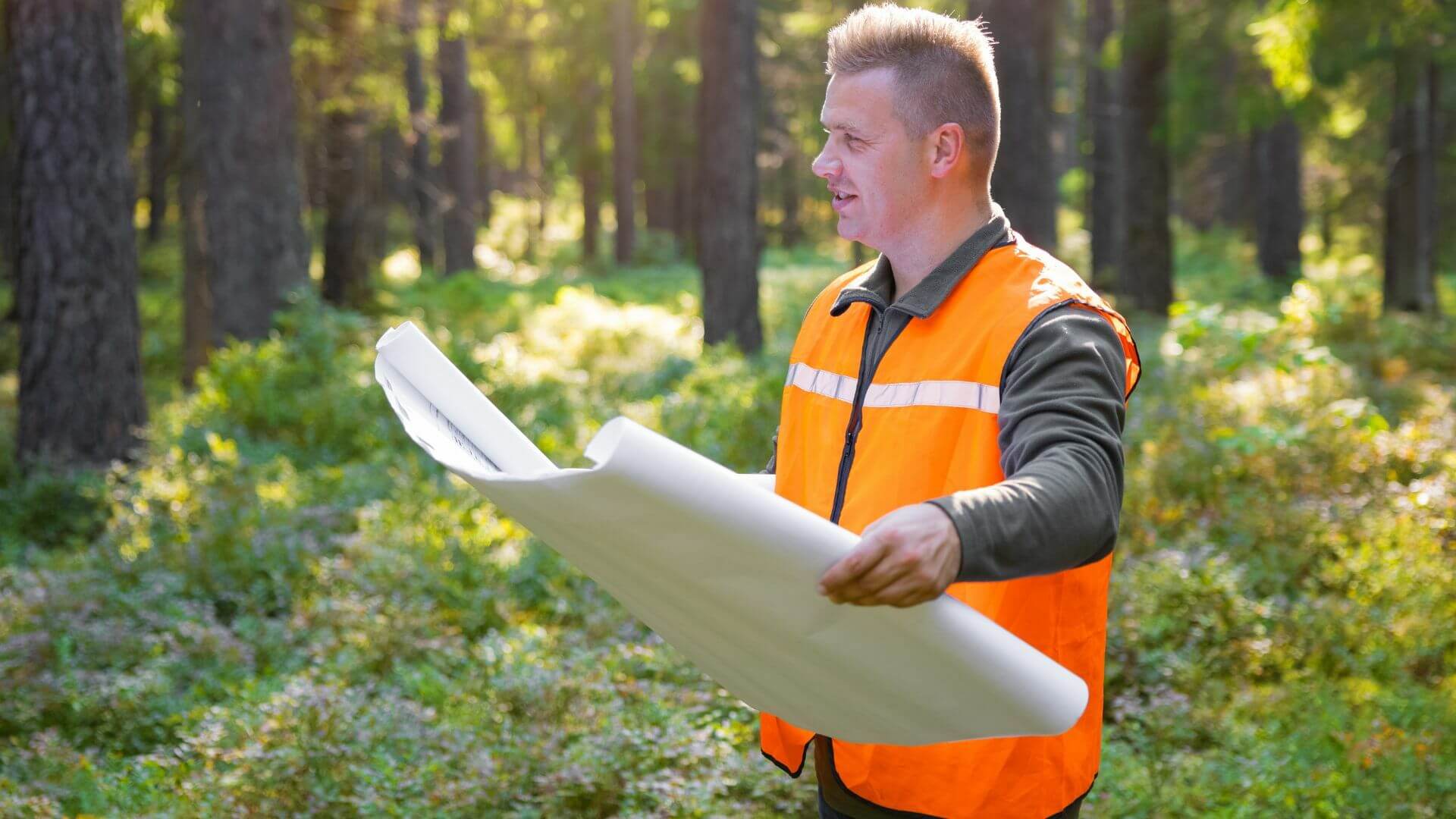Tax advantages of timberland. Sustainable forestry in Michigan. Northern Michigan timber demand.Michigan timberland investment. Long-term timberland ROI. If these phrases pique your interest, you’re in the right place. Picture this: You own acreage dotted with sturdy hardwoods or pines, quietly appreciating in value while also providing environmental benefits. In an investment world where everything moves at breakneck speed—stocks up one day, down the next—timberland can feel like the slow-cooker of investments, offering steady growth, “set-it-and-forget-it” simplicity, and some remarkable tax perks. Here’s why Michigan timberland might just be your next—and smartest—long-term bet.
The Financial Powerhouse of Michigan Timberland
 Michigan’s economy has seen a surge in diverse sectors, from manufacturing (especially electric vehicles near the I-75 corridor) to renewable energy projects. But timber remains one of the state’s unsung heroes. With a population that just reached 10.2 million in 2025, according to recent census data, land in Michigan has never been more in demand—be it for farming, solar and wind energy projects, or sustainable forestry.
Michigan’s economy has seen a surge in diverse sectors, from manufacturing (especially electric vehicles near the I-75 corridor) to renewable energy projects. But timber remains one of the state’s unsung heroes. With a population that just reached 10.2 million in 2025, according to recent census data, land in Michigan has never been more in demand—be it for farming, solar and wind energy projects, or sustainable forestry.
Michigan’s cropland value has already risen to an average of $4,300 per acre as of 2024, spurred by renewable energy and agricultural demand. It’s no stretch to predict timberland values could follow a similar trajectory, especially as more investors catch on to the asset’s potential. Major timberland REITs (Real Estate Investment Trusts) like Weyerhaeuser—currently boasting a $22.6 billion market cap—already own large tracts in Michigan. When institutional players with deep pockets move in, it’s often a signal that the “big money” sees both short-term gains and long-term upside.
Tax Advantages That Boost Your Bottom Line
 If you’re exploring investing in Michigan forestry, taxes might be the last thing you want to think about—until you realize how many potential breaks are on the table. Timber income is usually taxed at the 15% capital gains rate if held long-term, as opposed to the 28% ordinary income tax bracket for many other business profits. That difference can be huge for your overall returns, effectively putting more money back into your pocket.
If you’re exploring investing in Michigan forestry, taxes might be the last thing you want to think about—until you realize how many potential breaks are on the table. Timber income is usually taxed at the 15% capital gains rate if held long-term, as opposed to the 28% ordinary income tax bracket for many other business profits. That difference can be huge for your overall returns, effectively putting more money back into your pocket.
But here’s the kicker: your timber can literally grow money while you sleep, and the IRS wants to reward you for nurturing renewable timber resources. Through depletion allowances, timberland depreciation, and even 1031 exchanges, savvy investors can shield a portion of their gains from taxes. If you sell one timber property and roll the proceeds into another qualifying “like-kind” property, a 1031 exchange can defer capital gains taxes indefinitely—imagine compounding your wealth without the usual tax bite each time you upgrade your holdings.
- Depletion Allowances: As your timber is harvested, you’re allowed to deduct the “cost basis” of that timber. This lowers your taxable income.
- Estate Planning: For those thinking long-term (and if you’re reading this, you probably are), timberland estate planning can be an efficient way to pass wealth on to heirs. The property may get a step-up in basis, minimizing or even eliminating capital gains tax upon inheritance.
- Michigan Timberland Tax Benefits: Some counties offer reduced property tax rates for land enrolled in state-approved forestry programs. This not only lightens your tax load but also encourages sustainable forestry, a win-win if you ask me.
Sustainable Forestry: Profits Meet Planet
 What if your land could pay you and fight climate change? Thanks to carbon sequestration and reforestation credits, that’s entirely possible. Trees naturally trap carbon dioxide, making well-managed forests a frontline defense against global warming. Michigan’s Department of Natural Resources (DNR) offers guidelines for sustainable forestry—like selective harvesting, reforestation, and maintaining wildlife habitats—to ensure your timberland not only generates revenue but also remains ecologically balanced.
What if your land could pay you and fight climate change? Thanks to carbon sequestration and reforestation credits, that’s entirely possible. Trees naturally trap carbon dioxide, making well-managed forests a frontline defense against global warming. Michigan’s Department of Natural Resources (DNR) offers guidelines for sustainable forestry—like selective harvesting, reforestation, and maintaining wildlife habitats—to ensure your timberland not only generates revenue but also remains ecologically balanced.
- Carbon Credits: Sell your carbon credits to companies that need to offset their emissions. It’s like getting paid to keep your trees standing tall.
- Reforestation Incentives: State and federal programs often provide grants or tax breaks for planting new seedlings after harvests, making the replanting process more affordable.
Sustainability isn’t just a feel-good buzzword; it’s a key reason why Michigan timberland investment is built to last. As more corporations factor carbon footprints into their bottom lines, the value of sustainably managed forests is poised to grow.
Demand Surge: Why Northern Michigan Timber Is Golden
 Now, let’s talk about Northern Michigan timber demand. The upper regions of the state, including the Upper Peninsula, have always been prime areas for robust timber growth. The combination of fertile soil, ample rainfall, and large contiguous forest tracts set the stage for consistent yields and long-term timberland ROI.
Now, let’s talk about Northern Michigan timber demand. The upper regions of the state, including the Upper Peninsula, have always been prime areas for robust timber growth. The combination of fertile soil, ample rainfall, and large contiguous forest tracts set the stage for consistent yields and long-term timberland ROI.
Housing Boom and Renewable Energy Fueling Timber Prices
Despite headlines about fluctuating real estate markets, Michigan’s housing sector continues to expand—especially in suburbs and smaller towns where homebuyers seek more space. This uptick is driving the demand for construction materials like lumber, putting upward pressure on timber prices. And don’t forget renewable energy. Michigan’s mandate requires 20% clean energy by 2030. More solar and wind projects mean more land competition, further driving up Michigan land values. While you might not necessarily lease timberland for a wind farm, the overall pressure on land resources can elevate property values across the board.
- Renewable Energy Projects: Land that isn’t forested (or that has been harvested) can be ideal for solar panel installations. Diversifying your land’s usage can generate multiple income streams.
- EV Manufacturing Growth: With the EV boom near the I-75 corridor, demand for local housing and infrastructure is on the rise, indirectly spurring lumber demand.
Risks and Mitigation Strategies for Timberland Investors
Timberland might be the “slow-cooker” of investments, but that doesn’t mean it’s risk-free. Like any asset, you’ll need to be prepared for bumps along the way.
- Wildfires: While Michigan isn’t as fire-prone as the western states, wildfires can still occur.
- Mitigation: Insurance is crucial. Also, strategic thinning and maintaining firebreaks reduce the risk of widespread damage.
- Pests and Disease: Michigan has seen pests like the Emerald Ash Borer wreak havoc on certain tree species.
- Mitigation: Regular forestry assessments and diversified tree species can help minimize losses.
- Zoning Laws & Regulation: Certain parcels may come with restrictions on harvesting or development.
- Mitigation: Always check local zoning laws and consult with a land-use attorney before you buy.
- Market Fluctuations: Timber prices can shift due to global economic factors.
- Mitigation: Diversify your portfolio (own different species, consider partial farmland use, etc.) and hold for the long term.
Don’t let these challenges deter you—rather, use them as a roadmap for thorough due diligence. From our personal experience, we’ve always recommended soil testing before buying any tract of land. Why? Because soil quality impacts not just what kind of trees will thrive but also how quickly they’ll mature.
Future-Proofing Your Portfolio with Michigan Timberland
In a time when everyone is chasing the next hot stock or cryptocurrency, timberland stands out for its durability. Trees literally grow in value over time—no complicated code, no frequent software updates, just sunshine and soil. But how do you future-proof an investment that’s inherently slow and steady?
- Sustainability and Carbon Credits: Climate change concerns aren’t going away. As more corporations seek carbon offsets, your forested acres could become even more lucrative through carbon credit sales.
- Timberland Appreciation: With more people moving into Michigan and more industries eyeing land for renewable energy, you could see healthy appreciation rates.
- Timberland Management Costs: Sure, you’ll have ongoing costs like taxes, maintenance, and possibly management fees if you hire a professional forester. But many of these can be offset by strategic harvests and tax breaks.
- Timberland REITs: If owning physical land feels too cumbersome, investing in a Michigan timber REIT like Weyerhaeuser might offer exposure without the direct management responsibilities. Though, be aware that REITs can fluctuate in value more like stocks.
When you own timberland, you own a piece of something tangible, essential, and renewable. It’s an asset class that’s literally as old as human civilization, and yet it remains relevant—even more so—in our modern, tech-driven world.
Personal Tip: Patience Pays Off
Owning timberland isn’t a “get-rich-quick” scheme. If anything, it’s the polar opposite. But just like a slow-cooker meal, the longer you let it simmer, the better the payoff. Trees take years, sometimes decades, to reach marketable size. Yet, that slow pace is precisely what makes timberland so resilient during economic ups and downs. If you can hold onto your property through market fluctuations, you’ll likely end up harvesting both trees and profits at an optimal time.
5 Steps to Buy Your First Timberland

- Research Land Values: Check resources like AcreValue to compare prices in different Michigan counties (e.g., Antrim, Schoolcraft).
- Soil Testing: Before you purchase, test the soil quality. Different tree species thrive in different conditions.
- Consult Local Experts: Talk to the Michigan DNR Forestry Division for guidelines on sustainable practices and any cost-share programs.
- Plan for Management: Decide if you’ll manage the land yourself or hire a professional forester. Factor in timberland management costs.
- Explore Tax Strategies: Consider depletion allowances, potential 1031 exchanges, or estate planning if you aim to pass the land to heirs.
Following these steps can set you up for success from the get-go, minimizing nasty surprises after you’ve already signed on the dotted line.
The Bigger Picture: Philanthropy and Legacy
Timberland isn’t just about you or your bank account; it can also be about leaving something meaningful for future generations. Many investors choose to enroll their land in conservation easements, ensuring forests remain undeveloped and thriving. Others set aside a portion of their acreage for public recreation—hiking, hunting, or simply breathing in fresh air. Whether you see it as a philanthropic endeavor or a family legacy, timberland offers tangible ways to make a lasting impact.
Final Thoughts
Michigan timberland sits at the intersection of tax advantages of timberland and sustainable forestry in Michigan. It addresses growing Northern Michigan timber demand while providing long-term timberland ROI. In an unpredictable world, trees stand tall—literally and figuratively—as a stable, appreciating asset class.
Here’s the bottom line: As the state’s population hits 10.2 million, cropland values rise to $4,300 an acre, and renewable energy mandates push land demand higher, the conditions are ripe for investing in Michigan timberland. Couple these factors with a favorable capital gains tax rate—15% for long-term timber sales—plus carbon credits and reforestation incentives, and you’ve got an investment that’s about as future-proof as it gets.
Sure, you’ll have to navigate insurance issues, pests, and the occasional zoning quirk. But with proper due diligence, management, and an eye on sustainability, your timberland can outlast market fads, providing returns that are both financial and ecological. So, if you’re looking for a stable, tangible investment—one that grows quietly over time and contributes to a greener world—Michigan timberland investment might just be your calling.